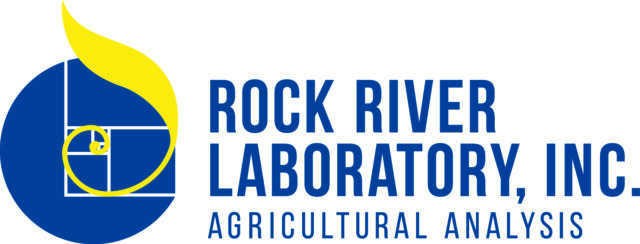Passed by the U.S. House of Representatives in late June, the American Clean Energy and Security Act of 2009, known for short as ACES or commonly as the climate change bill, specifically excludes gas created by the digestive process.
The comprehensive energy bill is Congress’ way of assisting the Environmental Protection Agency (EPA) in regulating greenhouse gases.
According to Peter Glaser, a partner at Troutman Sanders LLP, it all began with a Supreme Court decision in April 2007 that deemed greenhouse gases are pollutants and must be regulated by the EPA. The court case was in the context of setting standards for new motor vehicles, but it would also set a precedent that will apply across the entire economy, he said in a Western Business roundtable.
In the realm of agriculture, that precedent led to talk of a “cow tax.” This spring the EPA included methane and carbon dioxide among the greenhouse gases it found to endanger human health and welfare. The proposed finding is the first step in a process that could require greenhouse gas regulation under the Clean Air Act.
The act’s title V requires any entity that emits more than 100 tons of a regulated pollutant per year to obtain a permit. For most farms to purchase permits similar to power plants and factories for the gases emitted by livestock would result in financial ruin.
This would be the first time that production agriculture would be directly regulated under the Clean Air Act, however the EPA has stated that is not the agency’s intent. The agency proclaimed it had no plans to regulate gas from livestock because controlling such emissions from animals is unworkable.
Nevertheless, the climate change bill passed by the House takes steps to ensure livestock emissions are not caught in Clean Air Act regulations.
First, the bill states the EPA would not be allowed to use climate change as a reason for adding greenhouse gases to the list of hazardous air pollutants in the Clean Air Act. It’s been determined the act is not the appropriate mechanism because it was designed to regulate air pollutants that are local in nature and are emitted from sources that are easily ascertained. These factors allow for regulation and reduction because they can be controlled. Greenhouse gases differ because they are global and distributed evenly across the planet.
Secondly, the climate bill specifically excludes enteric fermentation or gas created by digestion and expelled largely by burping from the limit it would place on greenhouse gas emissions. The legislation directs the EPA not to include it among the various sources that could be subject to new performance standards.
However, if this legislation, which is currently in the Senate, or anything similar does not become law, the EPA will have to regulate such emissions under the current law.
Meanwhile, there are two other bills in the House and Senate to amend the Clean Air Act to prohibit the issuance of permits under title V of that act for certain emissions from agricultural production. They were referred to committee in March and that is where they remain to date.
Cap-and-trade
In addition to overruling the Clean Air Act, the climate change bill includes a cap-and-trade global warming reduction plan designed to reduce greenhouse gas emissions 17 percent by 2020.
“I have no doubt EPA and Congress are trying to use the threat of Clean Air Act regulations to soften the industry on cap-and-trade,” Glaser said.
Agriculture stands to benefit from cap-and-trade as polluting companies will look to purchase carbon credits from farmers and sponsoring agriculture projects that benefit the environment.
Yet, many in agriculture argue the losses outweigh the gains. According to a draft study by a U.S. energy agency, electricity prices would rise 20 percent by 2030 under the proposed legislation. Fuel and fertilizer prices will also increase.
Agriculture interests opposed to the cap-and-trade legislation could form a formidable coalition to the Senate’s work in advancing the entire bill this fall.
In the end, however, national regulation of greenhouse gases (with or without cap-and-trade) is preferable to Clean Air Act regulations, Glaser said. ANM
Karen Lee
Editor for Ag Nutrient Management
karen@progressivedairy.com




